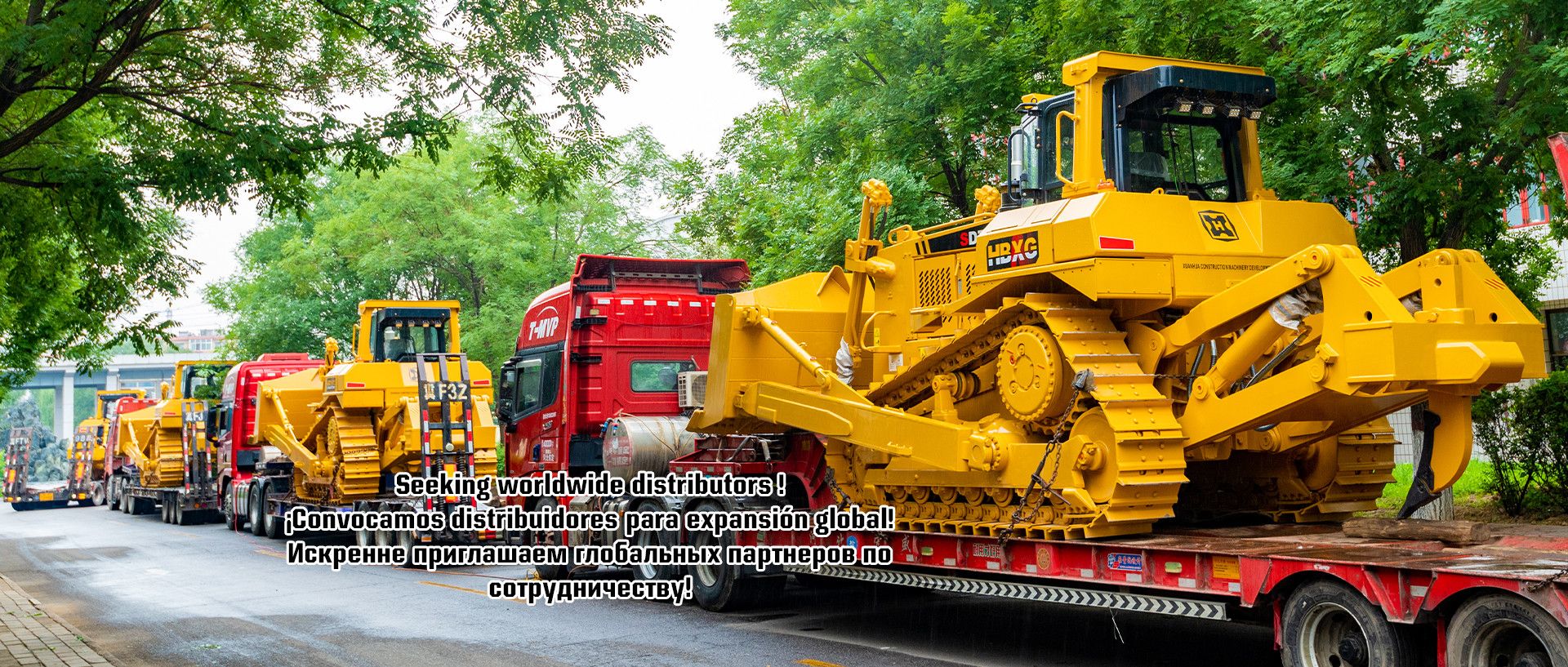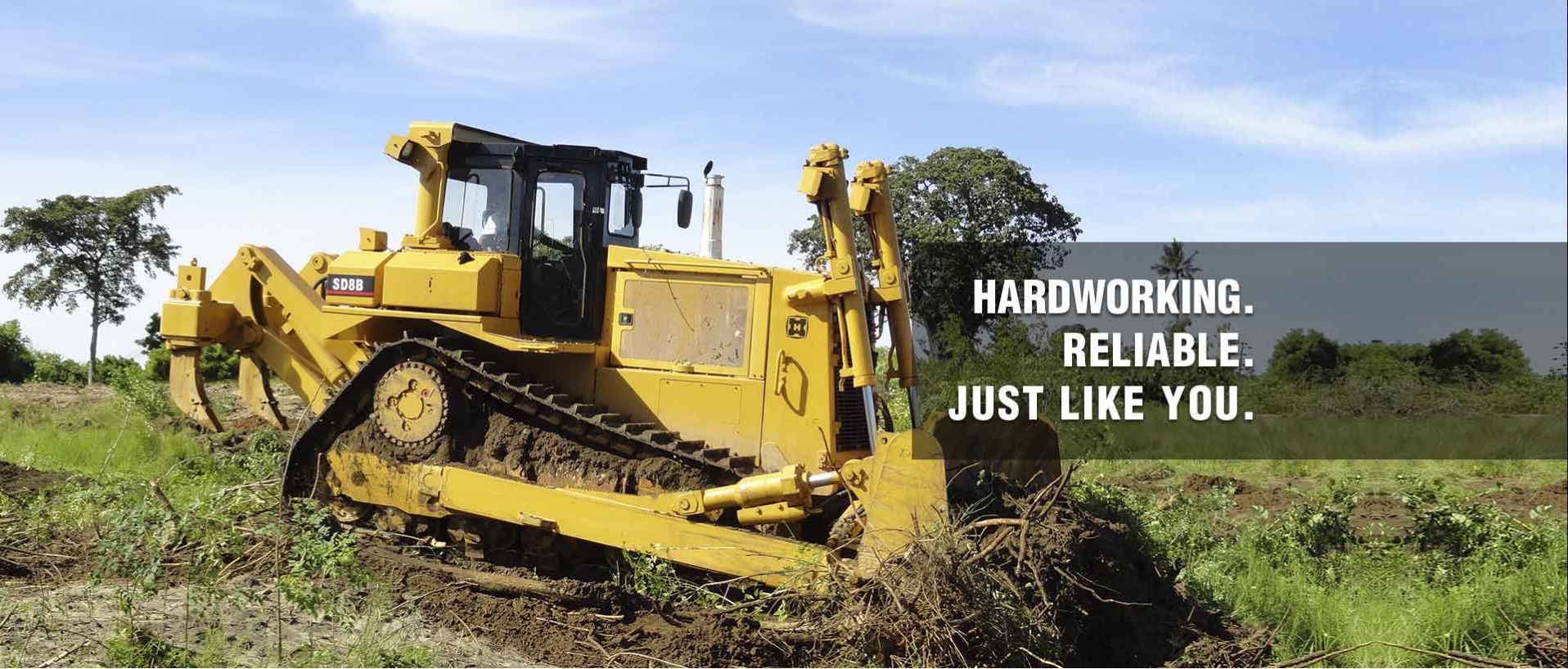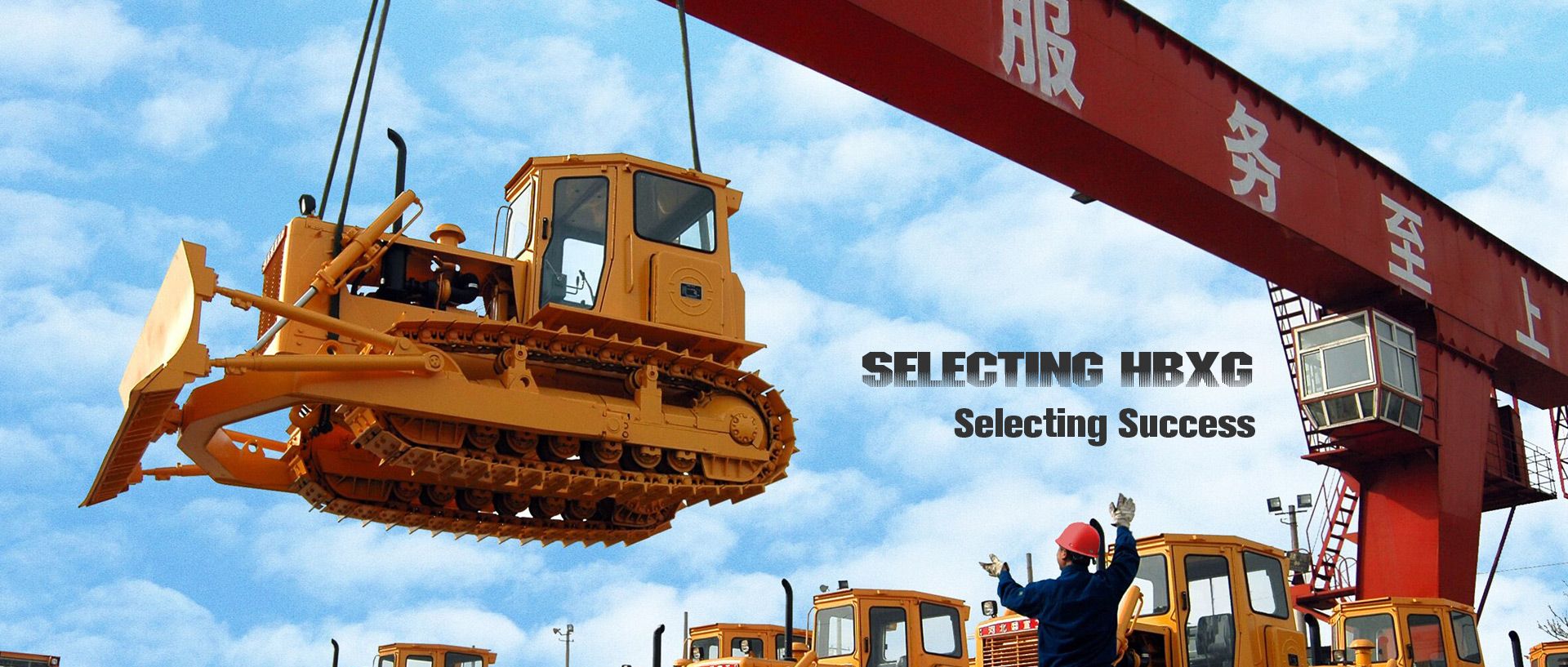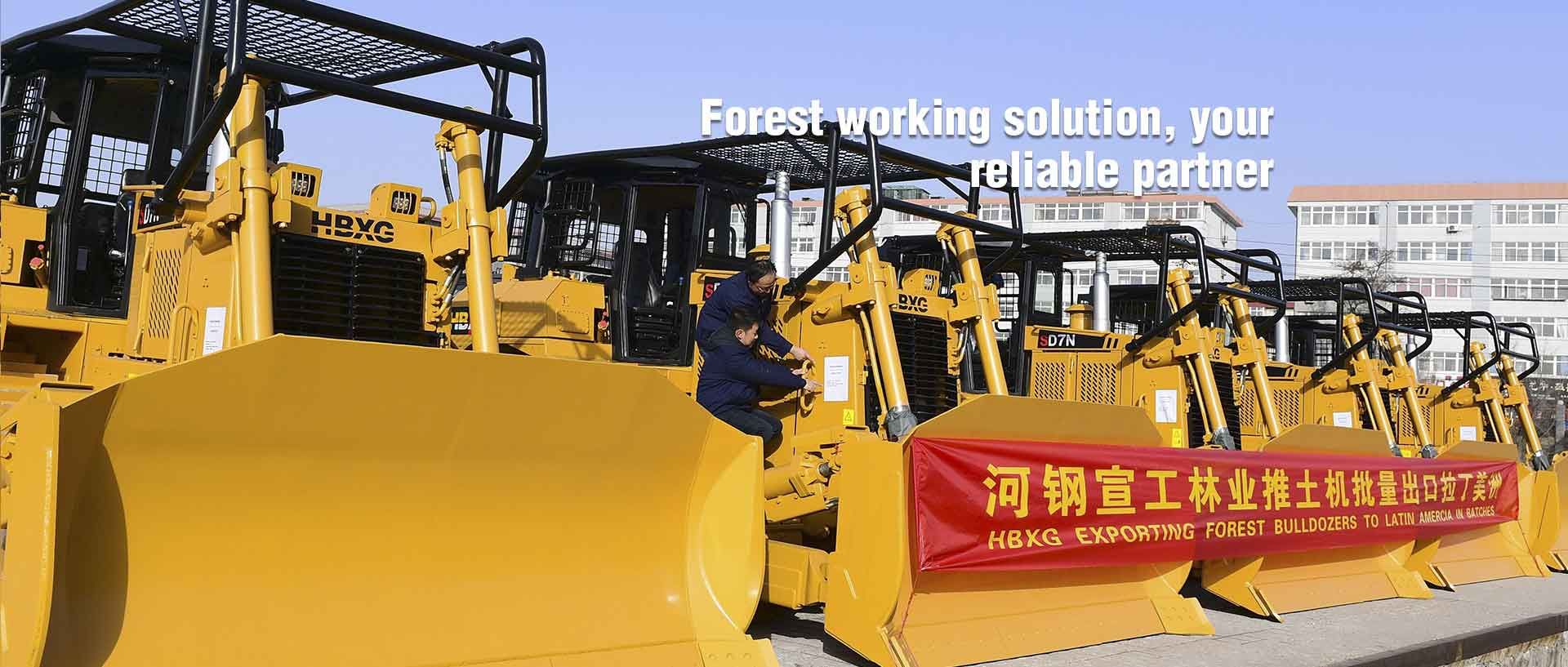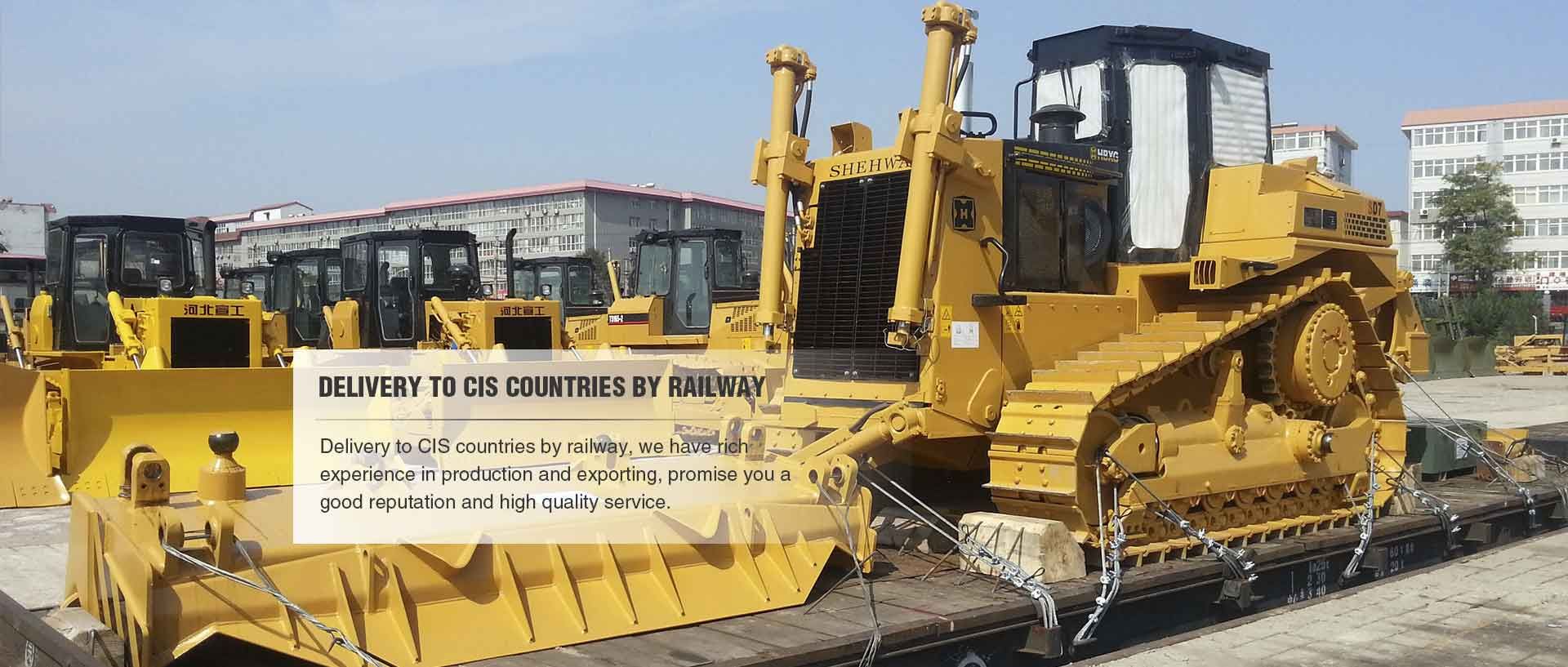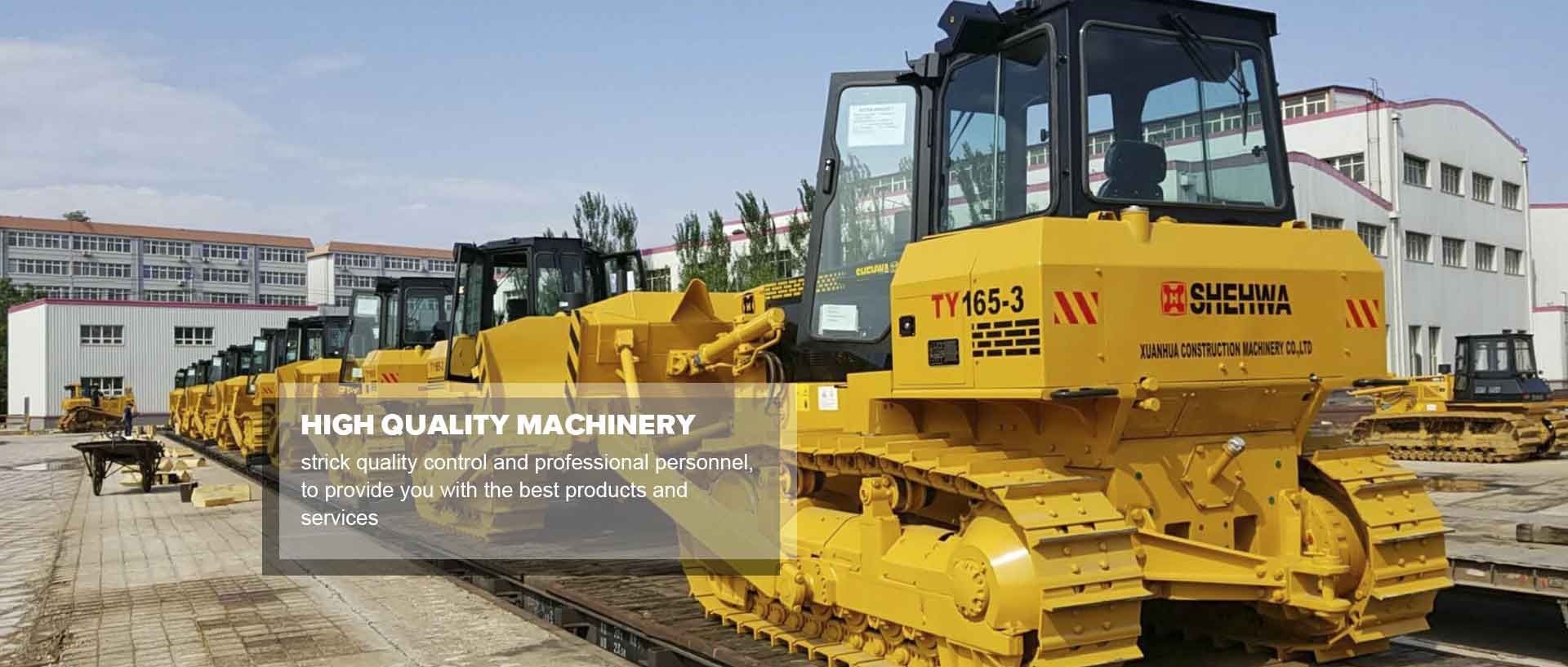Five Step Guide to Choosing Pipe Layers
 Oct. 22, 2024
Oct. 22, 2024
Choosing the right pipe layers is essential for ensuring the durability and efficiency of a piping system. Whether you're working on a small residential project or a large commercial one, understanding the critical factors that go into selecting pipe layers can save time, money, and prevent costly mistakes. This five-step guide will walk you through the key considerations when choosing pipe layers.
Step 1: Understand the Project Requirements
The first step to choosing pipe layers is thoroughly understanding the project’s scope and requirements. Different projects require various types of pipes and materials, and the choice of pipe layer should match the project specifications. Consider the type of fluid the pipes will carry, the required pressure levels, and any environmental factors, such as exposure to extreme temperatures, chemicals, or physical wear and tear. Having a clear understanding of these factors will help narrow down the most suitable pipe layers for your project.
Step 2: Evaluate Material Compatibility
Pipes are made from different materials, such as PVC, HDPE, copper, and steel. Each material has its own advantages and limitations, so choosing a pipe layer that is compatible with the material of your pipes is critical. For example, copper pipes are often used in water supply systems due to their corrosion resistance, while HDPE pipes are ideal for outdoor applications because of their flexibility and durability. The pipe layer must be compatible with the pipe material to ensure a secure fit and longevity.
Step 3: Consider Installation Environment
The environment in which the pipe will be installed plays a vital role in choosing the right pipe layers. For instance, underground installations require pipe layers that can withstand soil pressure and moisture, while above-ground systems need pipe layers resistant to UV radiation and weather conditions. Additionally, pipes laid in harsh chemical environments need layers with strong chemical resistance to prevent degradation. Tailoring your pipe layer selection to the installation environment ensures reliability and safety.
Step 4: Check Regulatory Compliance
In many regions, there are regulations and standards governing the type of pipes and layers that can be used for different purposes. Ensure that the pipe layers you choose meet the necessary regulatory requirements for safety, performance, and environmental impact. This is especially important for industries such as water supply, sewage systems, and gas pipelines. Non-compliance can lead to legal issues and operational setbacks, so verify that your chosen pipe layers are certified for the intended use.
Step 5: Analyze Cost and Maintenance
Lastly, it is important to consider the long-term costs associated with your choice of pipe layers. Some materials may be more affordable upfront, but could require frequent maintenance or replacements, adding to the overall cost over time. Evaluate the durability, ease of installation, and the expected lifespan of the pipe layer. A more expensive option that offers longer-lasting performance may prove to be a better investment in the long run. Prioritizing quality over cost will reduce the need for repairs and extend the operational life of your piping system.
Questions and Answers About Choosing Pipe Layers
Q: What materials are commonly used for pipe layers?
A: Common materials for pipe layers include PVC, HDPE, and steel. The material you choose depends on the environmental conditions and the type of fluid the pipes will carry.
Q: How can I ensure regulatory compliance when choosing pipe layers?
A: You should consult local building codes and industry regulations to ensure that the pipe layers meet the necessary standards for safety, performance, and environmental protection.
Q: What factors should I consider for underground pipe installations?
A: For underground installations, consider factors like soil pressure, moisture levels, and the need for corrosion resistance when choosing your pipe layers.
Q: How do I balance cost and quality when selecting pipe layers?
A: Analyze the long-term costs, including maintenance and durability. Choosing a higher-quality pipe layer upfront can save on future repairs and replacements.















